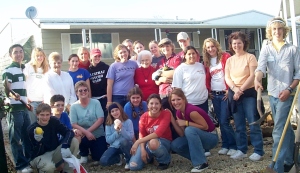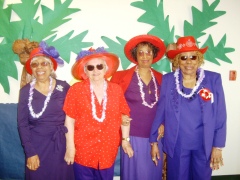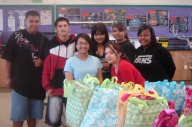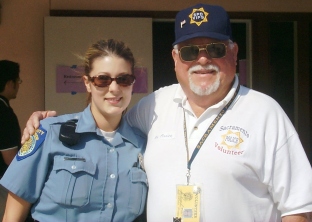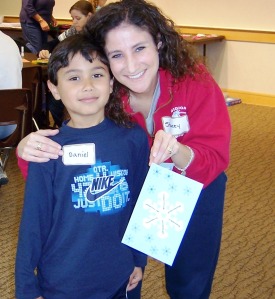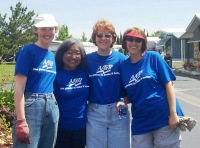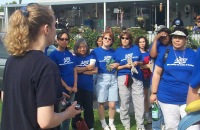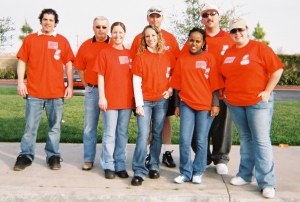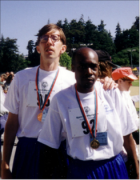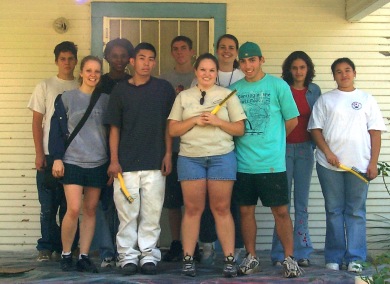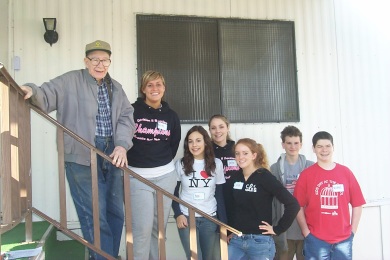 One of the sweetest people I have ever met is Mary Stansell. Mary was a coworker who worked in a respite care program for elderly people with memory loss, from Alzheimer’s disease and Dementia. Mary did not just work her 8am to 5pm shift. She left her house at 6am to drive across town to pick up a few of the program participants whose loved one was having trouble getting to the program. On the weekends, she provided free respite care in her home for some families who were struggling. At the end of the day, if a family caregiver was late leaving work, she would wait, on her own time, until they arrived and not charge the late fee. And she never complained.
One of the sweetest people I have ever met is Mary Stansell. Mary was a coworker who worked in a respite care program for elderly people with memory loss, from Alzheimer’s disease and Dementia. Mary did not just work her 8am to 5pm shift. She left her house at 6am to drive across town to pick up a few of the program participants whose loved one was having trouble getting to the program. On the weekends, she provided free respite care in her home for some families who were struggling. At the end of the day, if a family caregiver was late leaving work, she would wait, on her own time, until they arrived and not charge the late fee. And she never complained.
See, Mary is a tough cookie. She left her southern home on a Greyhound bus. With the clothes she could fit in her suitcase, along with her gun, and her four young children. She escaped violence and fear for hope and peace in California. Along the way, she met and married the love of her life, Charles. He was an intelligent, educated man, who she loved with all of her heart. They enjoyed dancing, laughing, loving, and living life together. Then one day, Charles was diagnosed with Alzheimer’s disease, and the slow, declining abilities and memory loss would follow.
But it was not Mary’s way to grieve over it. And, in the plan for her husband’s care as time and the disease progresses, she was determined to be his primary caregiver. She would do whatever she had to do to care for him. So, she found work in a respite care program where Charles could attend. She was able to keep him close while she was at work.
She learned everything she could about the disease, and used her knowledge to help other families dealing with memory loss of a loved one. She consoled the wife whose husband no longer recognized her face. The son who feared his father had forgotten a wife and mother who had passed. The daughter whose mother forgot more each day. The caregivers who arduously provide care to a loved one in addition to working a full-time job. Mary did these things outside of her work. On her own time. She lived the disease. She loved those who fell victim to it, and she fought in the trenches alongside those who knew her pain.
Grief from trauma, whether it is after the passing of a loved one from a terminal illness, abuse, neglect, or other experience, a great healer is volunteering to help those who are where you have been. Some of the best and most effective volunteers are those who can empathize with people in the trenches today. You know their fear, their hopes, their sadness, and most importantly their needs.
We all have experienced trauma…loss of a loved one to terminal illness, aging, or accident. Some have experienced bad childhoods, disabilities, academic struggles, and more. Find an organization that serves a need for those today where you have been before.
Make YOUR difference in the world…Volunteer!

